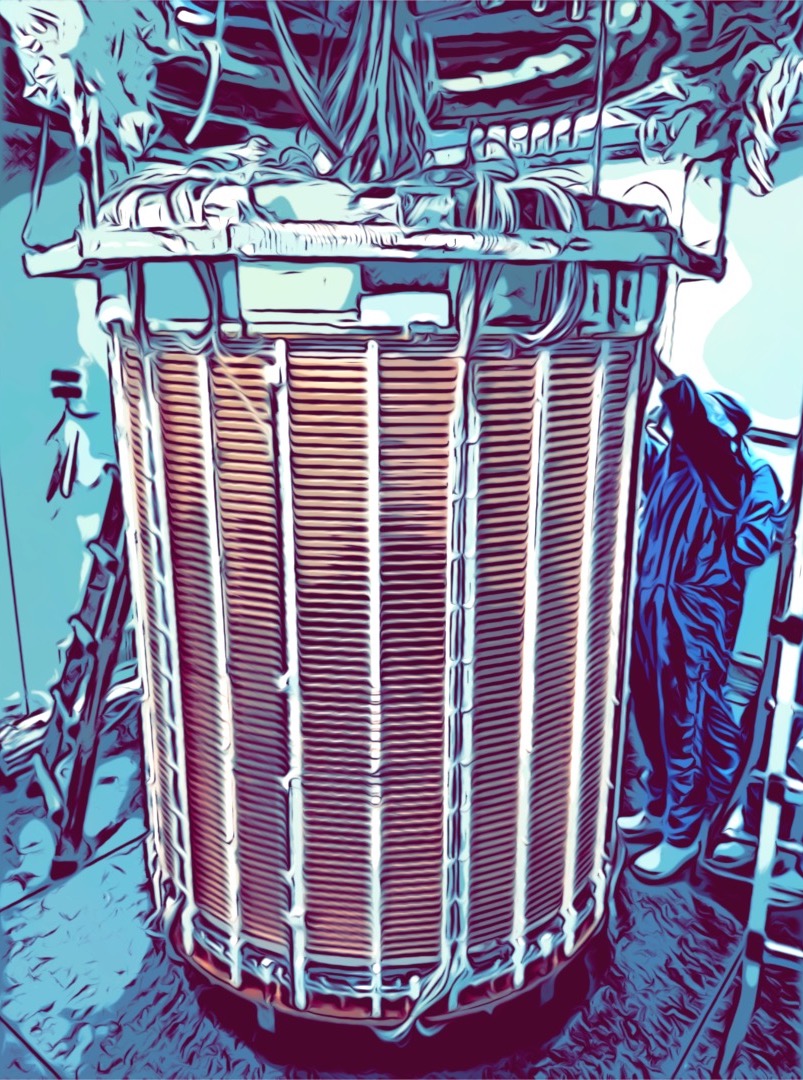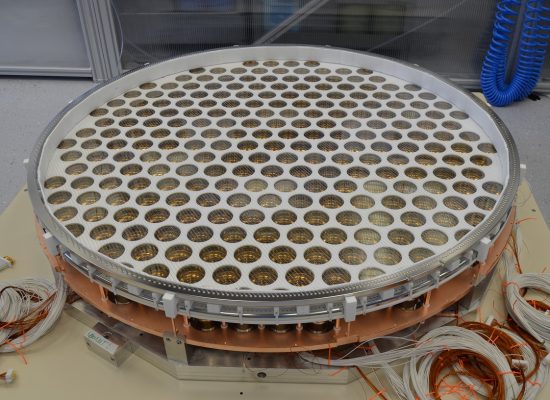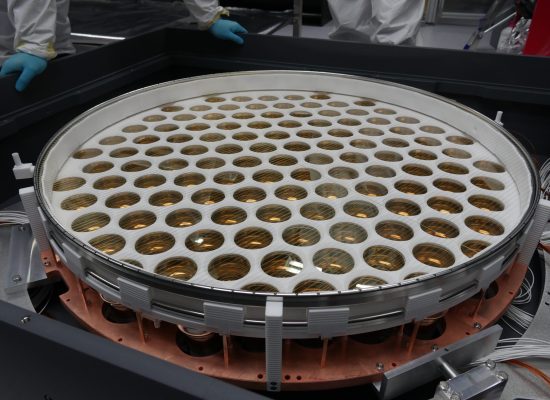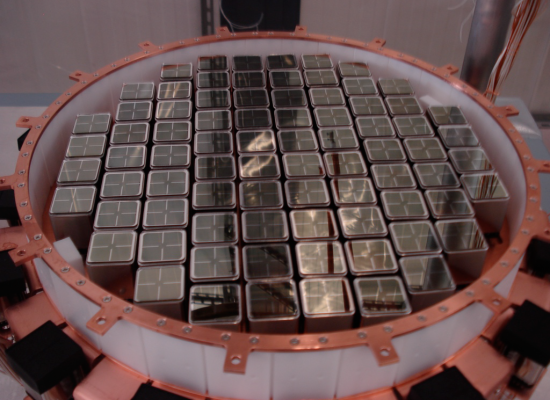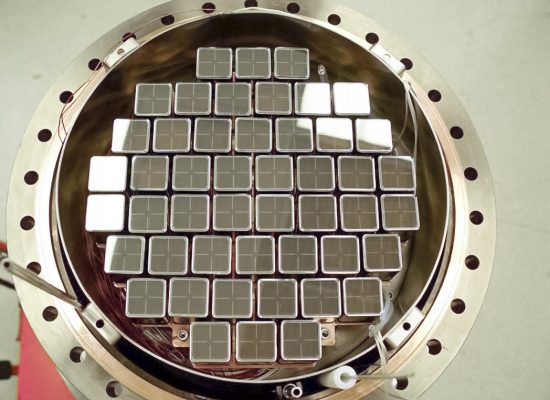General Information
XENONnT is anything but a simple experiment. It is the latest member in a great family of experiments that have written the history of WIMP dark matter searches. Travel backwards in time below to find out more about the evolution of XENON detectors from 10 kilograms to 10 tonnes.
In order to detect a rare event, such as a dark matter interaction, an experiment has to be placed in a very quiet environment where the cosmic radiation is drastically reduced. For this reason, every XENON experiment has operated deep underground at INFN Laboratori Nazionali del Gran Sasso (LNGS) in central Italy.
The development of the prototype detector XENON10 (operated 2006 – 2007) started in 2002 with a small group of scientists led by Professor Elena Aprile. This experiment consisted of a dual-phase time projection chamber (TPC) containing about 15 kg of xenon.
As the Collaboration and the interest in searching for WIMP dark matter signals grew, the XENON experiments became bigger and bigger: first XENON100 operated with roughly 160 kg of xenon from 2008 until 2016, and then XENON1T (the first tonne-scale dark matter detector) ran with a total of 3.2 tonnes from 2015 until 2018. Finally, XENONnT started its operation with about 8.6 tonnes of xenon in 2020.
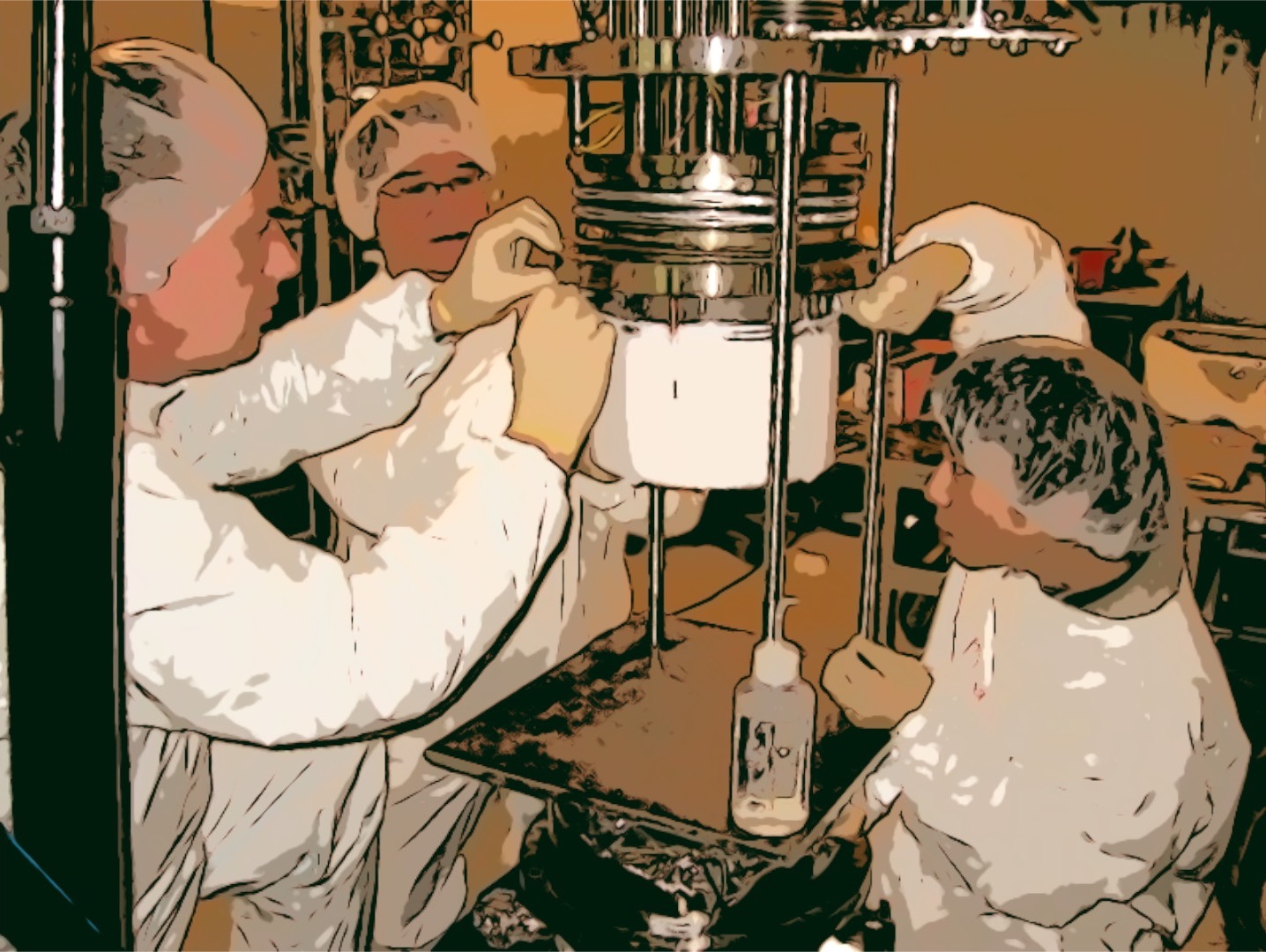
XENON10
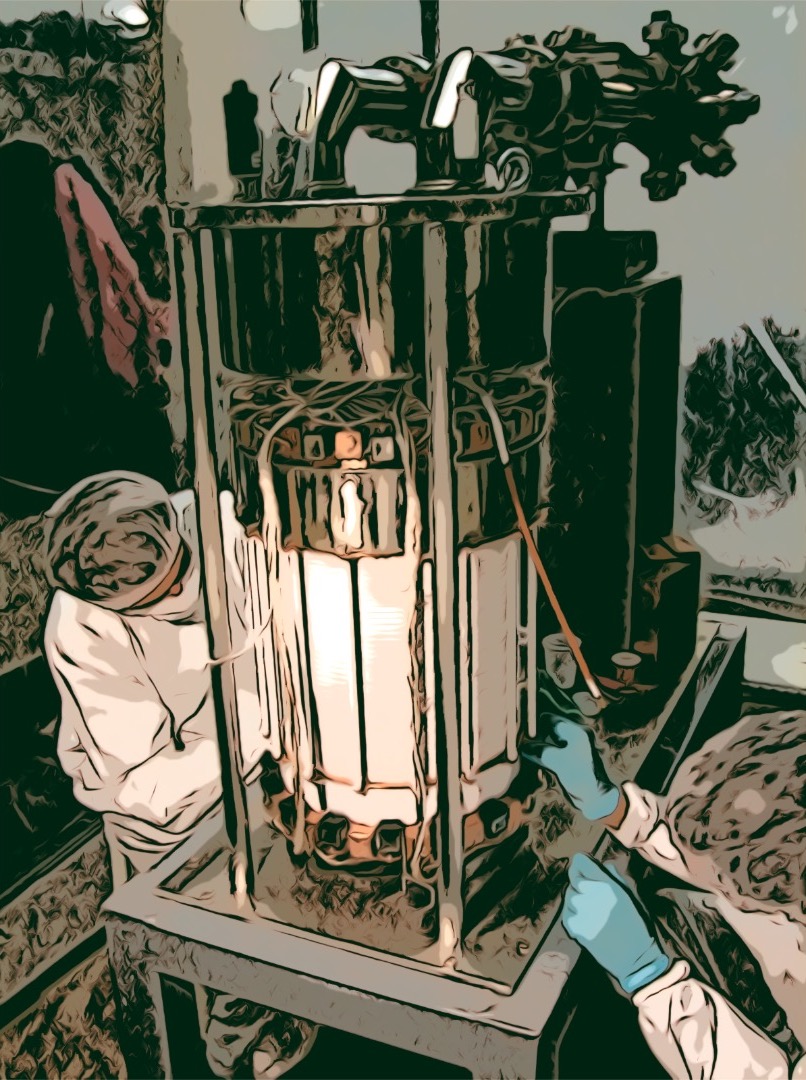
XENON100
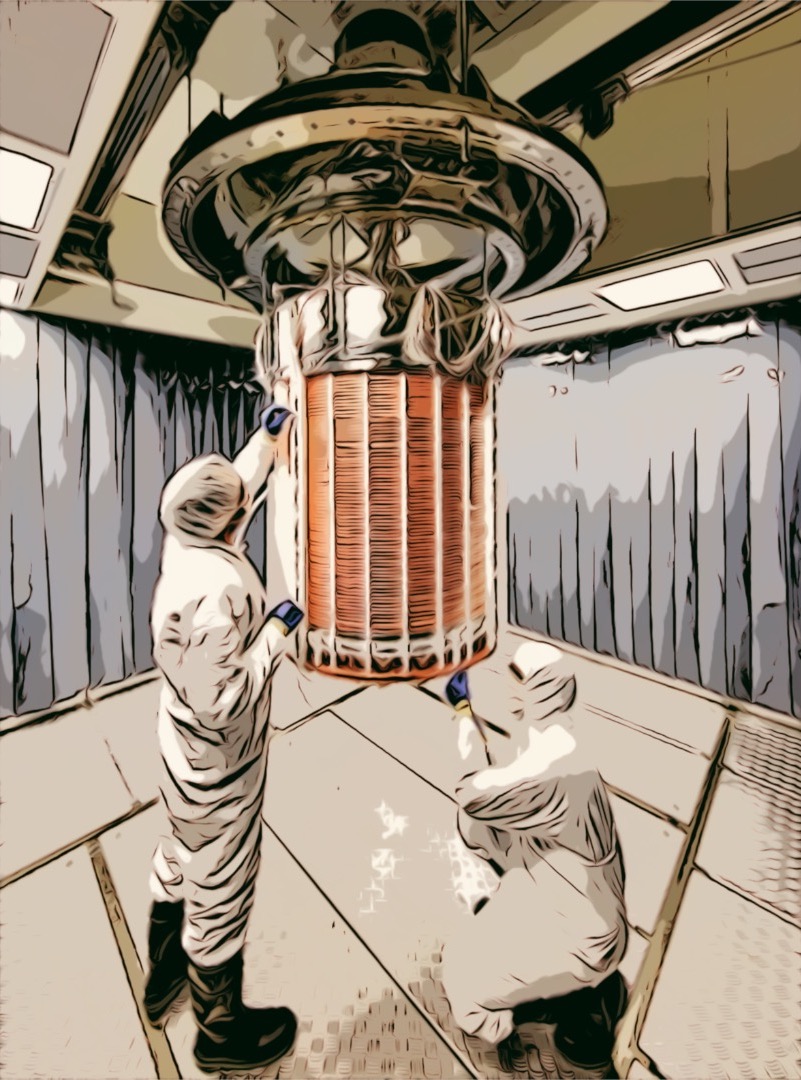
XENON1T
